Lisbon on the Tagus River
The capital of the European country Portugal
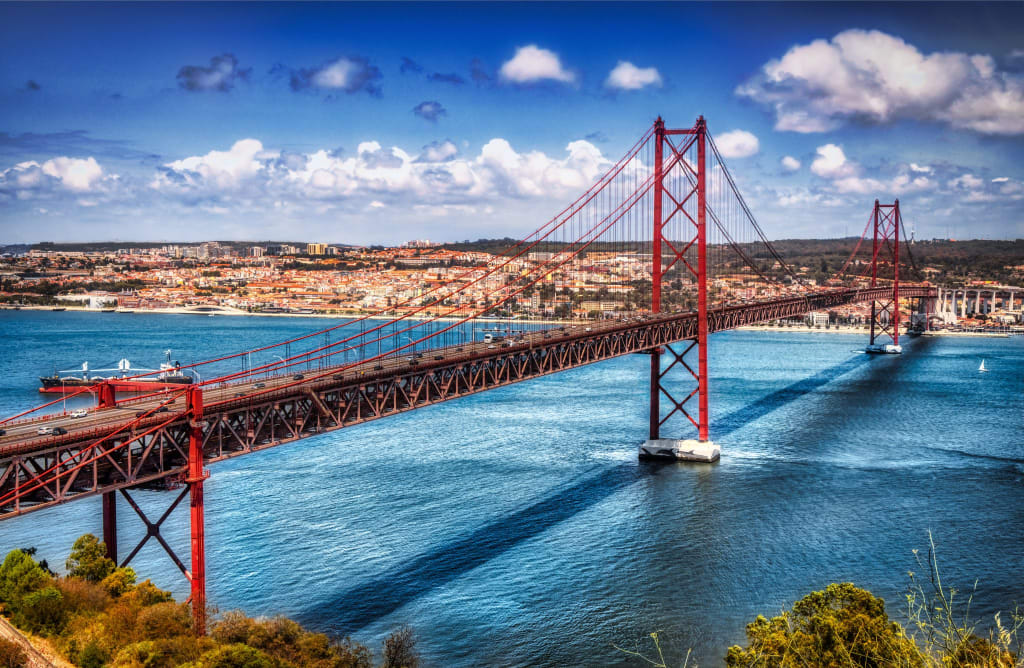
The capital of Portugal, Lisbon is an amazing hilly city that is well-known for its cafe culture and Fado music. There are many delightful things to do and see like the pastel-colored buildings in the old city. Lisbon is located in the west of the Iberian Peninsula and sits by the Atlantic Ocean and the Tagus River. You can find wonderful Atlantic beaches just outside of Lisbon stretching from Cascais to Estoril.
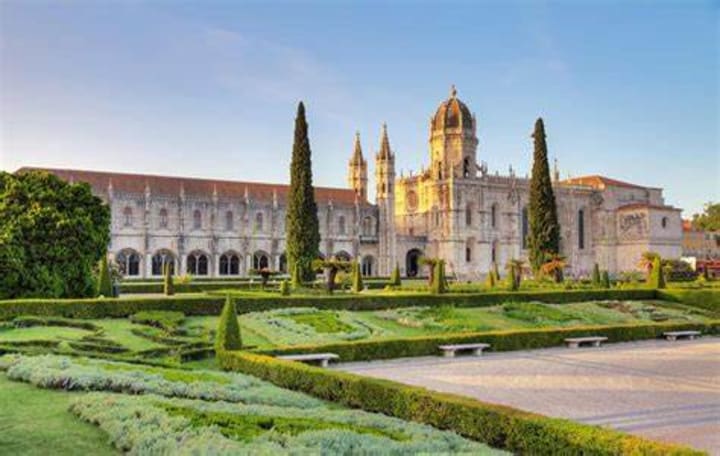
The Jeronimos Monastery is on the UNESCO World Heritage list. It was the creative idea of Diogo de Boitaca and was commissioned by Manuel I to honor Vasco da Gama’s discovery of a sea route to India in 1498. This monastery was once home to the Order of St. Jerome monks and for four centuries the monks gave comfort to sailors and prayed for the king’s soul. The order dissolved in 1833 and the monastery became a school and orphanage until 1940. When you enter the church going through the western portal you’ll be fascinated by tree-trunk-like columns which appear to grow right into the ceiling. To the left of the entrance, you’ll find the final resting place of Vasco da Gama and opposite is the resting place of 16th-century poet Luis Vaz de Camoes. If you climb to the upper choir you’ll be able to have a wonderful view of the church. The rows of seats are a fine example of Portugal’s first Renaissance woodcarvings.
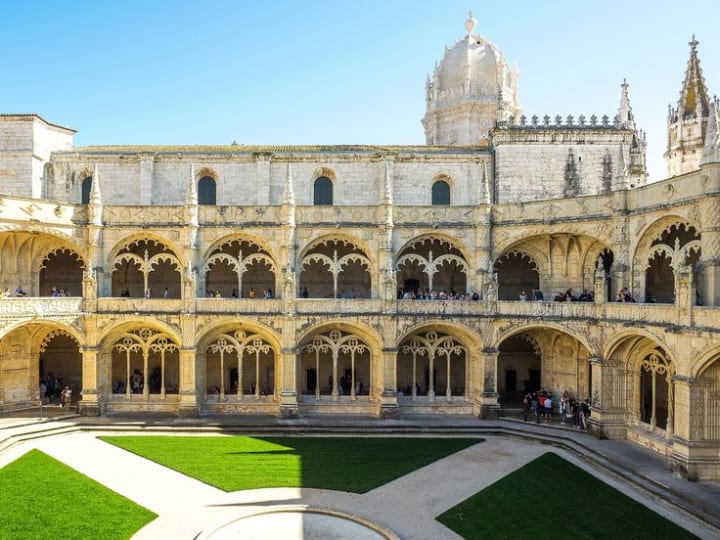
The honey-stone Manueline cloisters are very impressive with delicate scalloped arches, twisting auger-shell turrets, and columns that are intertwined with vines, leaves, and knots. Keep a look out for symbols of the age such as the armillary sphere and the cross of the Military Order. There are also amazing gargoyles and imaginary beast-like creatures on the upper balustrade.
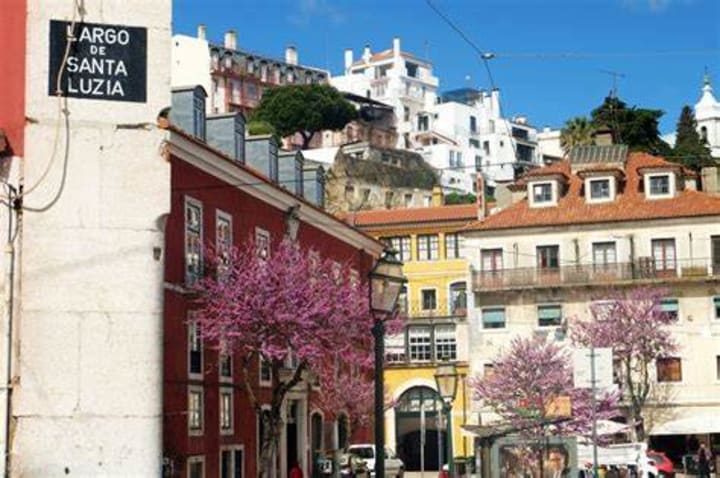
Take a walk through the steep, narrow cobblestone streets of Alfama. In this part of Lisbon, you can see the city’s traditional side. There are quaint backstreet cafes to relax in. Back in the 5th century, Alfama was home to the Visigoths and today you can still see a Visigoth town wall. However, it was the Moors who gave this area distinction. In the time of the Moors, this counted as an upper-class residential area. Many of the mansions and churches were destroyed by an earthquake and afterward, this became a working-class and fishermen's quarter. You can walk the narrow lanes and view the houses and grocery stores. If you go there early in the morning you’ll find women selling fresh fish from their doorways. It becomes an exciting place during the Festas dos Santos Populares in June.
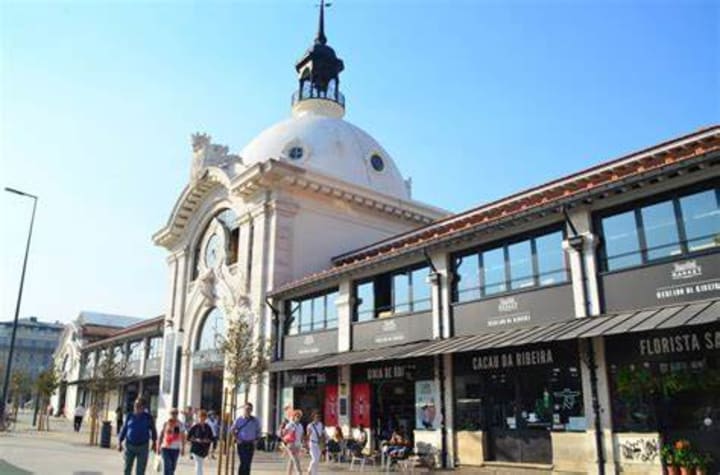
It’s interesting to visit the oriental dome-topped market hall Mercado de Ribeira. This is the place to find fresh fruit, vegetables, fish and flowers and has been operating since 1892. Since 2014 half of the market has become a gourmet food court and now you can find such items as Garrafeira National wines, Conserveira de Lisboa fish, Arcadia chocolates, and Santini gelato here. You can enjoy a delicious lunch here with a choice of food from any of the 35 kiosks.
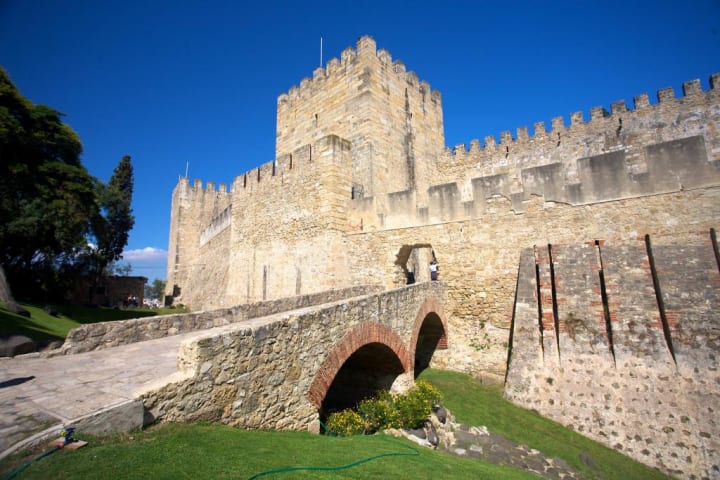
The Castle of Sao Jorge majestically towers over Lisbon on a hilltop. You can explore its ramparts and courtyards and get fantastic roof-top views of the city. The castle has seen many different changes over the centuries with the Visigoths in the 5th century, the Moors in the 9th century, Christians in the 12th century, and royals from the 14th to the 16th centuries.
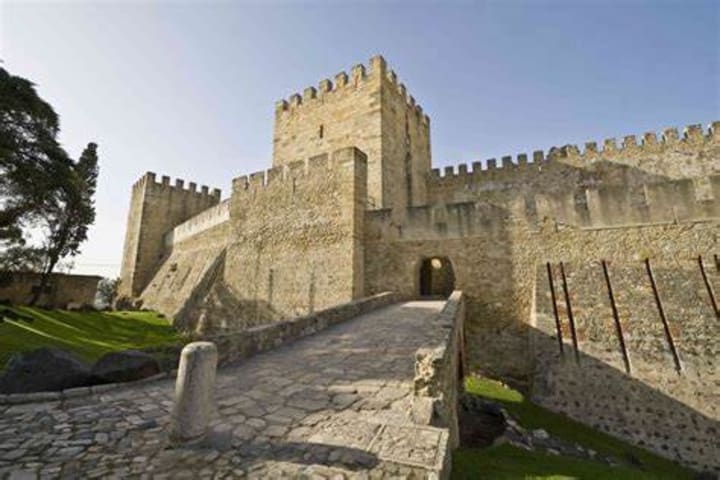
Visitors can get a fantastic 360-degree view of Lisbon from inside the Ulysses Tower and there are demos every half-hour. It is a place where you’ll feel like you’ve stepped back in time.
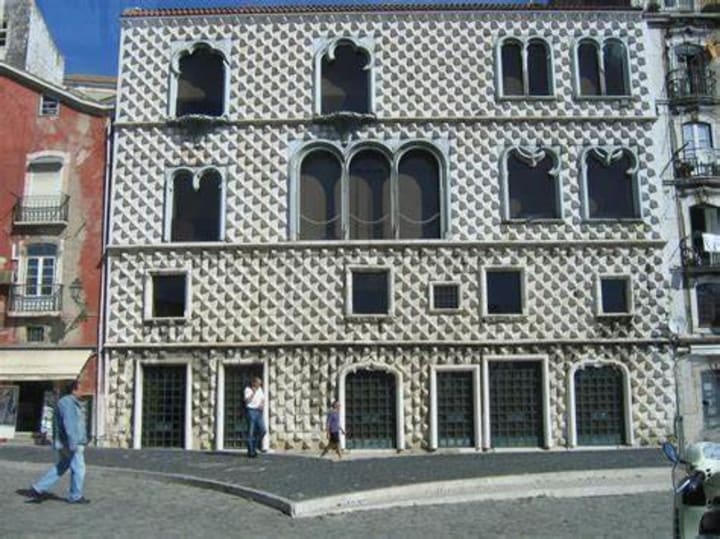
The facade of Casa dos Bicos reminds one of a pincushion. This is the 16th-century home of Alfonso de Albuquerque who was the former viceroy to India. The home is incredible with 1125 pyramid-shaped stones. The home was opened to the public in 2010 and has a small museum that has been dedicated to Jose Saramago, Portugal’s most famous writer. He is known for his discursive, cynical, and darkly humorous novels and he gained national awareness when he won the Nobel Prize in Literature in 1998. Outside of the bookstore is an olive tree that comes from the author’s birthplace Azinhaga, a village in Portugal and the author’s ashes have been scattered below this tree.
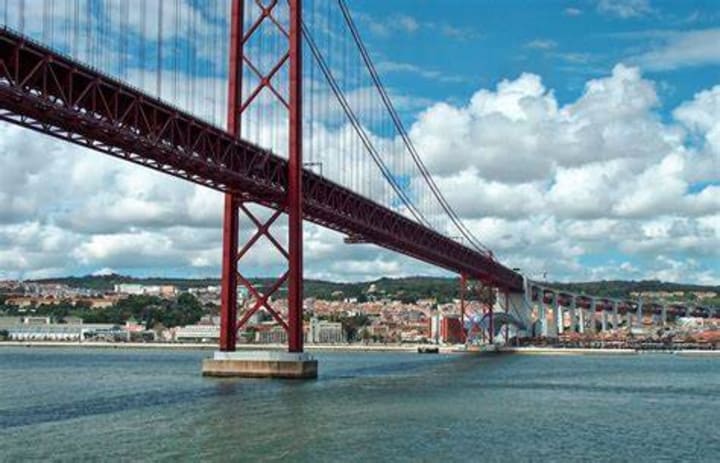
It is interesting to discover that San Francisco’s Golden Gate Bridge in California has a twin and that twin is the 25 de Abril or April 25th Bridge in Lisbon. The bridge was finished in 1966 and was originally named after Dictator Salazar. Its name was changed after the revolution of April 25, 1974. This is a suspension bridge that spans the Tagus River and has a length of 2278m and has the longest central span in Europe 1013m longer than its twin the Golden Gate Bridge. The foundations of the bridge hold the world record for going 80m below the riverbed to stand on basalt rock. Below the bridge, you’ll find a charming dock and marina with many restaurants and bars.
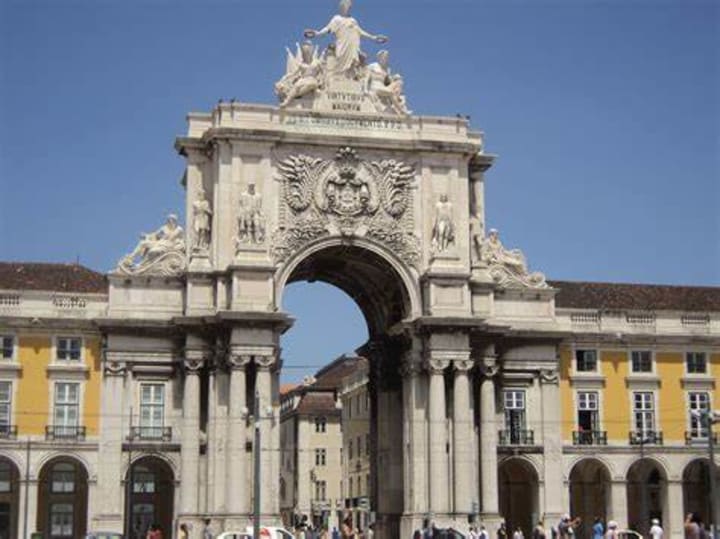
A recent tourist attraction in Lisbon has become the Rua Augusta Arch. It offers visitors a panoramic view of the city. Upon entering the arch you can take an elevator to the top and get amazing views of the Terreiro do Paco public square, the Baixa District, Se Cathedral, Sao Jorge Castle, and Tagus River. Inside the arch, you can find out about the history of Lisbon’s triumphal arch in the exhibition “Sala do Relogio”. At the top of the arch are sculptures of Celestin Anatole Clamels that represent Glory crowning Genius and Valor. On the lower level are sculptures created by Vitor Bastos and represent the historical personalities of Nuno Alvares Pereira, Viriato, Vasco da Gama, and the Marquis of Pombal.
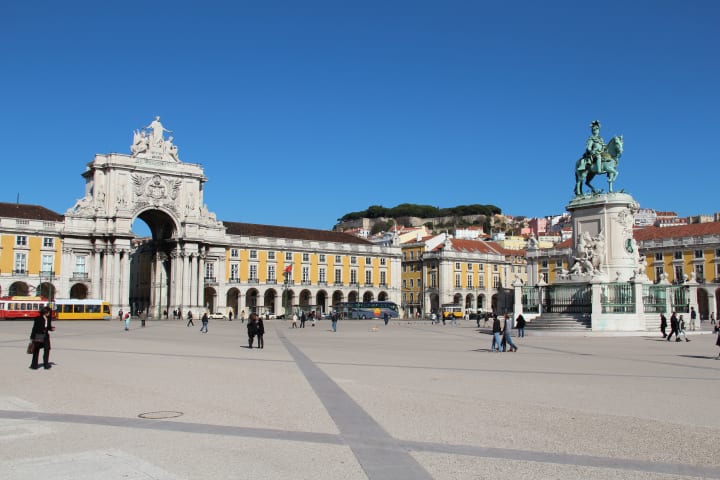
The riverfront Comercio Square offers 18th-century arcades, lemon-colored facades, and mosaic cobbles. Everyone who would arrive in the city by boat would disembark here. At the very center of the square is an impressive equestrian statue of Dom Jose I. The highlight here is Verissimo da Costa’s triumphal arch that glows like gold at dusk.
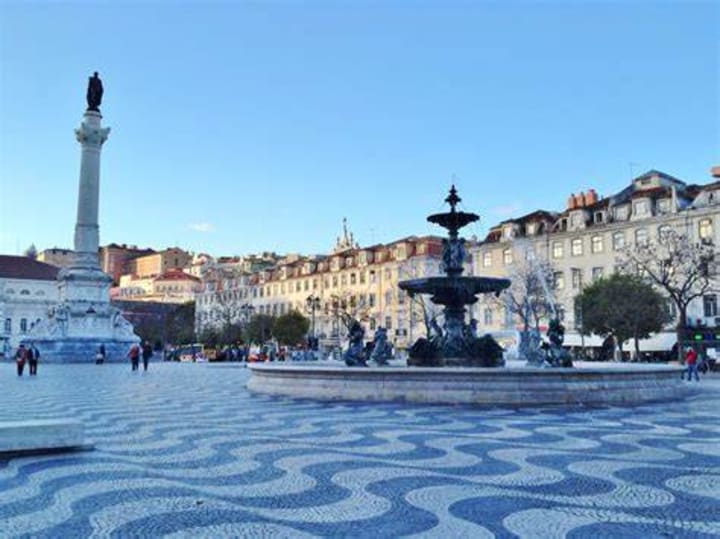
They say that all roads lead to Praca Dom Pedro IV, a square that the residents of Lisbon have nicknamed Rossio. This square is lively 24 hours with office workers, peddlers, and tourists. It has interesting wave-like cobbles, fountains, and a most impressive statue of Brazil’s first emperor, Dom Pedro IV that perches atop a dizzying high marble pedestal. Things of interest to see here are the filigree horseshoe-shaped arches of the neo-Manueline Rossio train station and the neo-Classical Teatro Nacionale de Dona Maria II, once the seat of the Portuguese Inquisition.
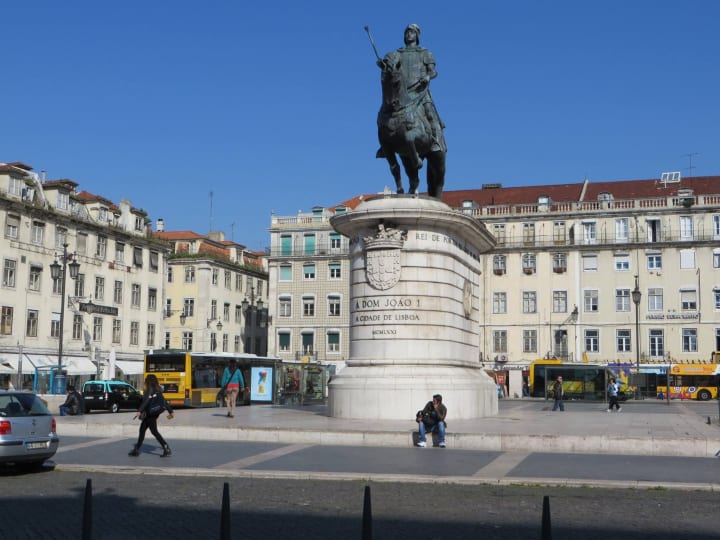
Another bustling square the Praca da Figueira is surrounded by Pombaline townhouses and alfresco cafes from which you can see the wondrous castle on the hilltop.
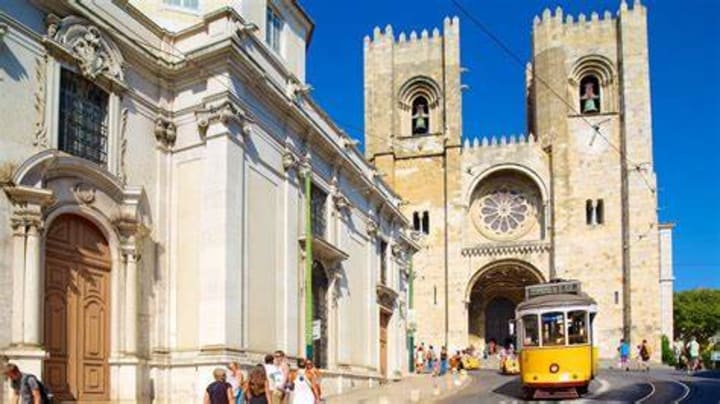
Among Lisbon’s icons is the fortress-like Se Cathedral. It was built in 1150 on the former site of a mosque once Christians had recaptured the city from the Moors. Inside the interior is rib-vaulted and lit up by a rose window. Taking a walk around the cathedral you’ll notice gargoyles peeking above the orange trees. The Gothic cloister opens upon a deep pit that is full of archeological excavations dating back over 2000 years. You can just imagine the remains of a Roman street and shop fronts, an Islamic-era house and dump, and a medieval cistern. The treasury has religious artwork.
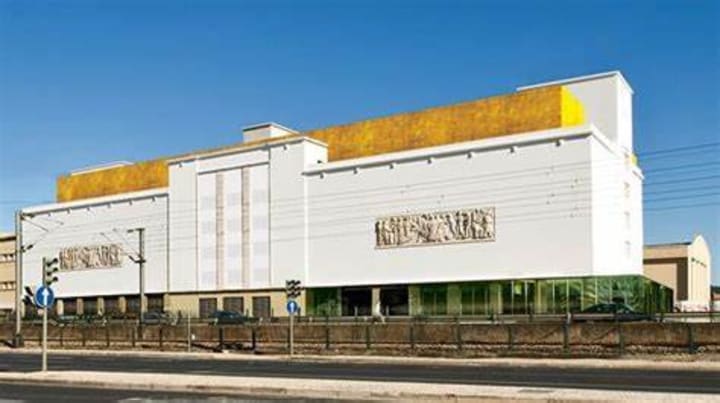
The Museu do Oriente or Museum of the Orient is beautifully designed. This huge museum was set up in a 1940s bacalhau or dried salt-cod warehouse. Displays are impressively set up in pitch-black rooms and the permanent collection focuses on the Portuguese presence in Asia and Asian gods. Of special interest are the rare Chinese screens and Ming porcelain on the first floor as well as some East Timor curiosities. Upstairs in the museum, you can see such cult classics as the peacock-feathered effigies of Yellamma, the goddess of the fallen, Vietnamese medium costumes, and a most unusual faceless Nepalese exorcism doll.
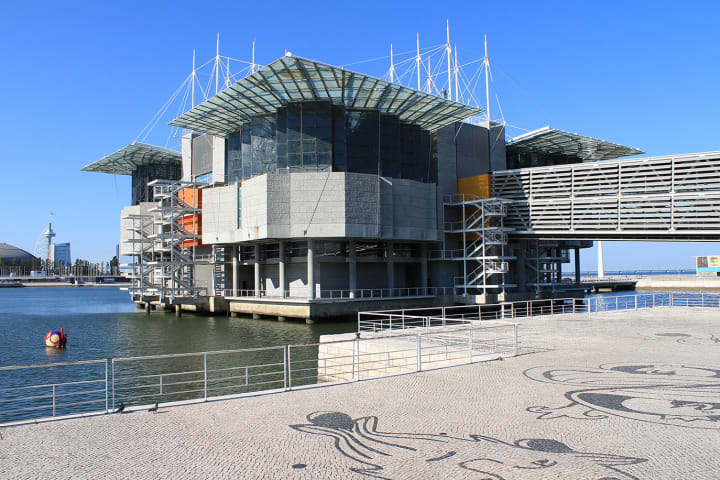
Don’t pass up the amazing Oceanario or Oceanarium where you can see 8000 species swimming about in 7 million liters of seawater. The huge wraparound tanks make it seem as if you are underwater and you can come face to face with zebra sharks, honeycombed rays, gliding mantas, and schools of neon-colored fish. Of special interest are such oddities as filigree seadragons, big ocean sunfish, jellyfish, and frolicking sea otters. It’s fascinating to see the recreated rainforest, Indo-Pacific coral reef, and Magellan penguins on ice.
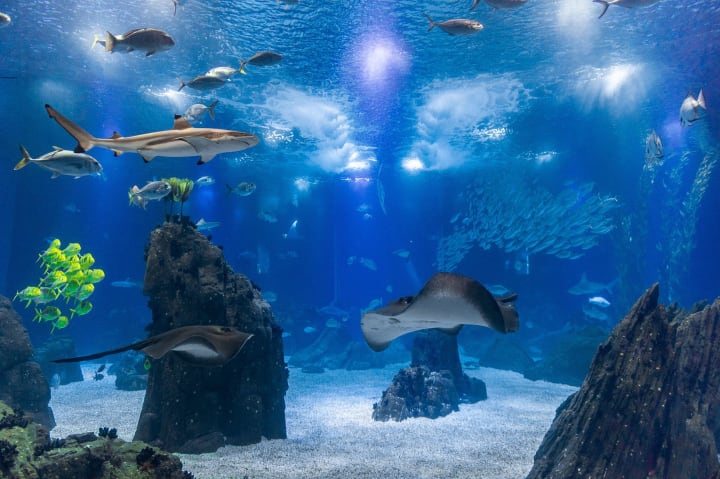
This is a conservation-orientated oceanarium that also arranges family activities such as behind-the-scenes marine tours and sleeping with the sharks.
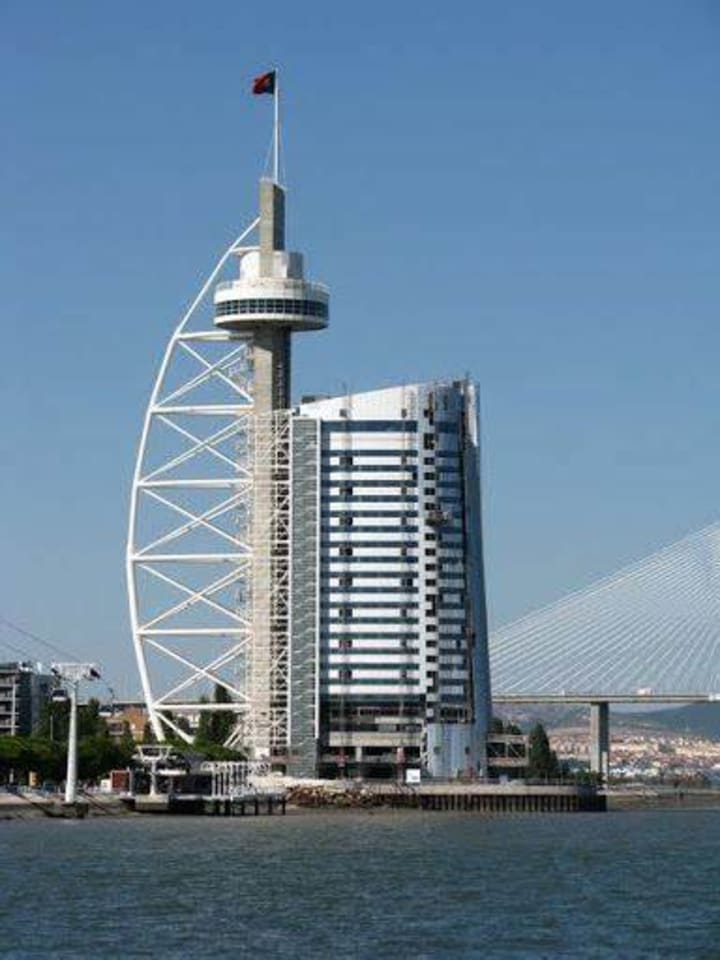
When you are done admiring the creatures of the ocean you can hop a cable car that will take you right to the futuristic Vasco da Gama Tower. It was opened in 1998 right on the 500th anniversary of his voyage to India. The tower is shaped like a nautical sail and stands 145m high and counts as Lisbon’s tallest building. On the top is a viewing platform that was inspired by a topsail basket and can be reached by panoramic glass elevators. Once on top, you can get spectacular views of Lisbon, the river, and the Vasco da Gama Bridge. The building beside the tower is the Myriad Hotel, a Dubai-looking luxury hotel.
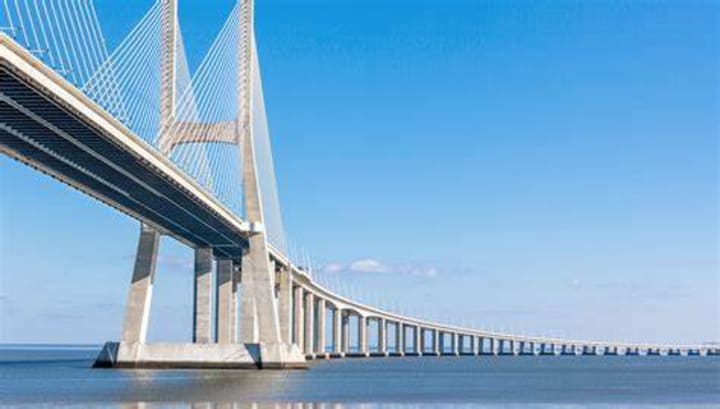
The 17km long Vasco da Gama Bridge is the longest bridge in Europe opening in 1998 and still counts among the longest bridges in the world. It is made up of several sections and took 18 months to construct.
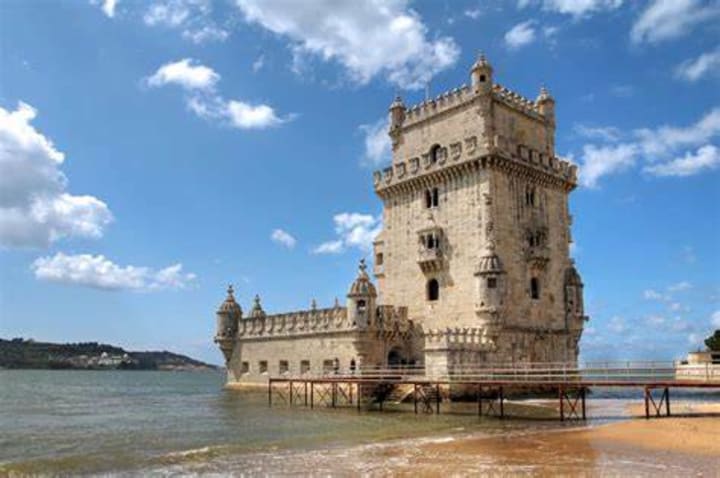
The Torre de Belem juts out onto the Tagus River and is on the Unesco World Heritage list. To get spectacular views over Belem and the river there is a narrow spiral staircase leading up to the tower. Francisco de Arruda designed this pearl-gray chess piece in 1515 in order to defend Lisbon’s harbor. You can see filigree stonework and meringue-like cupolas, and just below the western tower, there is a stone rhinoceros. If you wish to avoid crowds don’t visit the tower on weekends.
About the Creator
Rasma Raisters
My passions are writing and creating poetry. I write for several sites online and have four themed blogs on Wordpress. Please follow me on Twitter.
Enjoyed the story? Support the Creator.
Subscribe for free to receive all their stories in your feed. You could also pledge your support or give them a one-off tip, letting them know you appreciate their work.






Comments
There are no comments for this story
Be the first to respond and start the conversation.